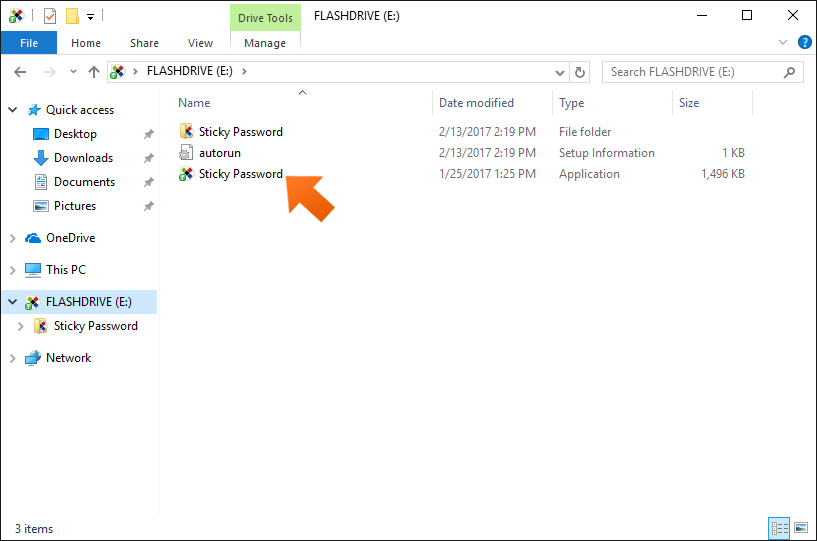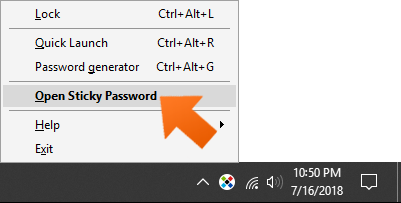

For those with increased security concerns, though, you may want to implement a USB password keeper like this one based on an ATtiny. While memorization is an option in theory, in practice a lot of people make use of a password manager like Lastpass or KeePass. From there, one’s method of keeping track of multiple passwords can vary considerably. Where you would typically pay $10 for a normal 32GB USB drive, you can pay in excess of $130 for the same capacity secure drive.The most important rule of password use, especially when used for online logins, is to avoid reusing passwords.


The advantage of a secure USB drive is that they can include military-grade encryption however, they much more expensive. Some of these USB drives will have physical keys on the casing for protection while others will require a software key to unlock some require both. If you don’t use Windows 10, or would rather buy a USB drive with hardware-based security, there are options available in the market. Mount the formatted drive in VeraCrypt (entering the correct password) and your drive will now be encrypted and functional.This process will take a few minutes to an hour or more. Move them around until the bar is green, then click Format. Your mouse movements apparently add randomness to the keys the program selects. Move the mouse randomly around in the window while VeraCrypt randomizes the cryptography.Decide whether you will have large files on this partition or not.Enter and confirm your password, then click Next.Confirm the volume size and click Next.You can pretty much choose any of these and it will be fine unless the NSA is coming after your data. Select the encryption method and hash algorithm you wish to use.If you are protecting an empty drive, select “ Create encrypted volume and format it” and click Next. Select “ Encrypt partition in place.” If you select the other option and there is data on your drive, the data will be overridden and lost.Click Select Device and select your USB drive from the list of devices that appears, then click OK, then click Next.Select “ Standard VeraCrypt volume” and click Next.Click on Create Volume, select “ Encrypt a non-system partition/drive,” and click Next.Launch the VeraCrypt app by typing “ veracrypt” in the search box, selecting the app, and hitting return.Protecting a drive is quite a tedious process using VeraCrypt but it isn’t very complex. Some of the main features of Veracrypt include entire encryption of storage devices (such as USB), automatic and real-time encryption, hardware-accelerated encryption, and plausible deniability).


 0 kommentar(er)
0 kommentar(er)
